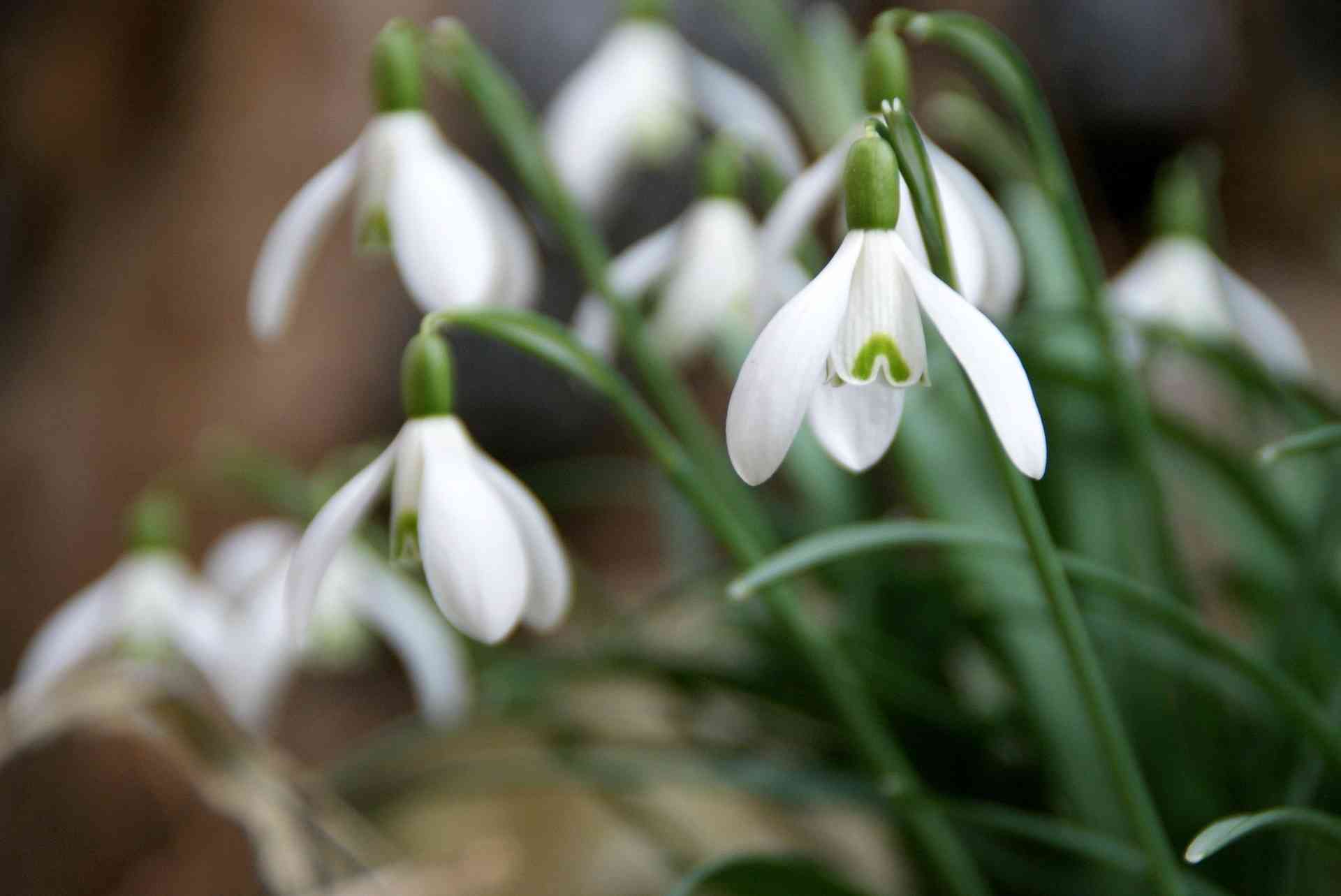
Snowdrop, Galanthus nivalis : planting and care
a lovely little flower of late winter
Contents
The Snowdrop or Galanthus is a small flowering bulb that is very easy to grow. Low-maintenance, it naturalises easily, returning faithfully each year. Its early flowering marks the end of winter and heralds the arrival of spring. This bulbous plant is planted in autumn, allowing it to bloom as early as January.
Here are our maintenance tips, growing advice, and the right steps to successfully plant it in borders, in flowering tapetum, or directly in short grass meadows.
Where to plant Galanthus nivalis
The Snowdrop grows everywhere, except perhaps in Mediterranean climates as it fears soils dried out by long summers.
Very hardy, this beautiful bulb is not afraid of snow and can withstand temperatures below -15°C.
Not demanding regarding soil type, the Snowdrop multiplies quickly in cool, humus-bearing soil in summer and well-drained soil in winter: its bulb fears waterlogged soils, which can lead to premature rotting.
Its clumps remain in place for several years, provided one waits for the complete wilting of the leaves before cutting back the foliage. Even though after flowering they may leave a somewhat untidy appearance in borders, this precaution allows the bulbs time to replenish their reserves.
It thrives in full sun in cool climate regions as well as in partial shade, in light woodland, under the cover of deciduous trees, at the edge of paths or borders, in cool rockeries, or in pots.
Its propensity for naturalisation makes the Snowdrop an ideal plant to scatter in short grass meadows to create floral carpets in winter.
Easy to combine, it will create fresh, spring-like scenes with other early small bulbs that, like it, require little maintenance and will allow for staggered flowering: crocuses, muscaris, Blanca anemones, hyacinths, daffodils… It will precede the flowering of certain perennials such as Bleeding Hearts, Heucheras, Snow Heaths, Vinca minor, or pansies.
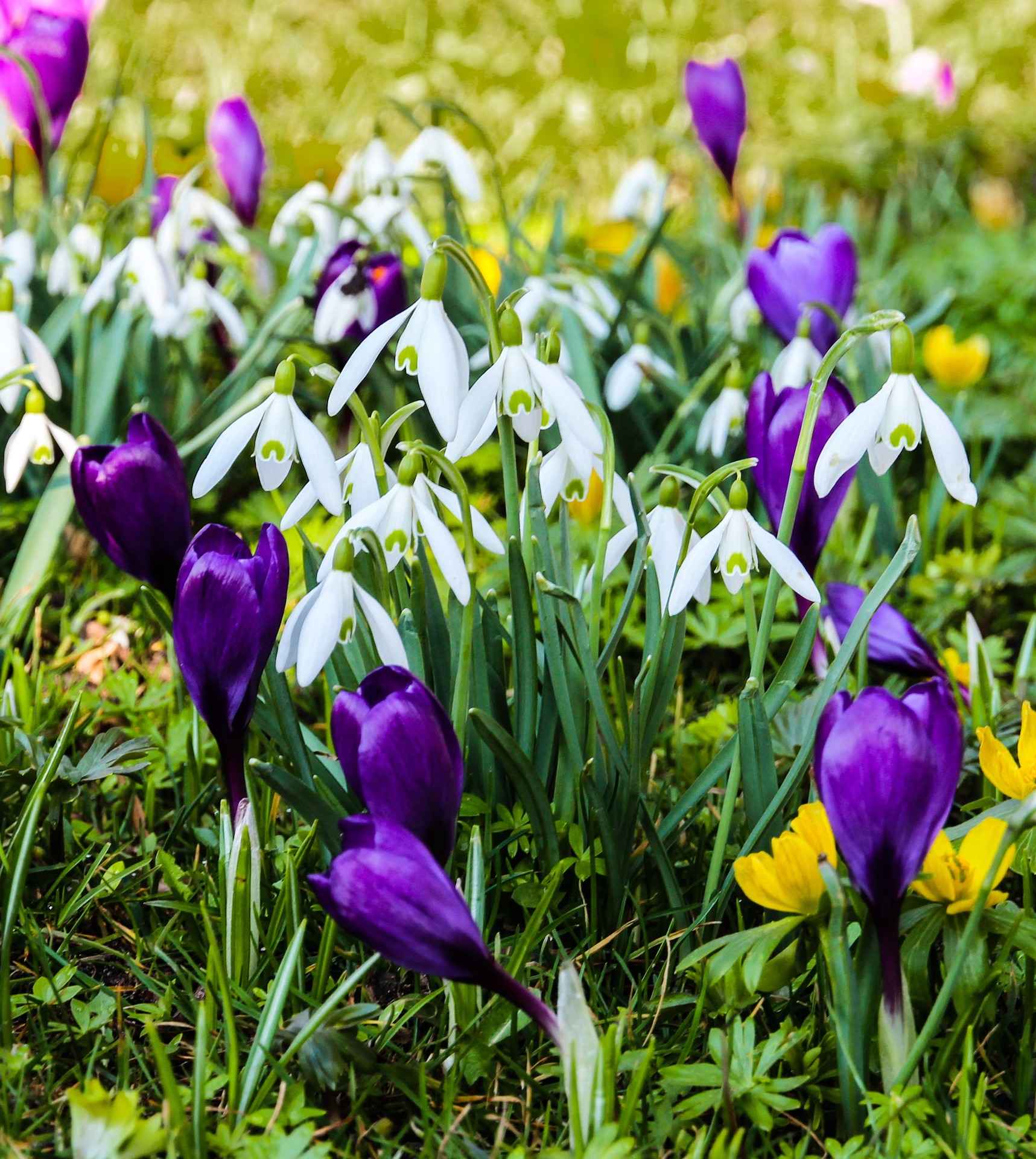
In combination with Crocus tommasinianus ‘Ruby Giant’ and Eranthis cilicica (Winter Aconite), the Snowdrops form beautiful spring carpets
When to plant Snowdrop
Snowdrop bulbs should be planted early in autumn, ideally from September to mid-October for flowering in late winter.
When planted early, as soon as the first fortnight of September, they will bloom earlier, often as soon as January.
They can be planted later, up until the end of December, but their flowering will then be delayed, occurring in late February or March.
Discover other Galanthus - Snowdrop
View all →Available in 1 sizes
Available in 1 sizes
Available in 1 sizes
Available in 1 sizes
Available in 1 sizes
Available in 1 sizes
Available in 1 sizes
Available in 1 sizes
Available in 1 sizes
Available in 1 sizes
How to plant it
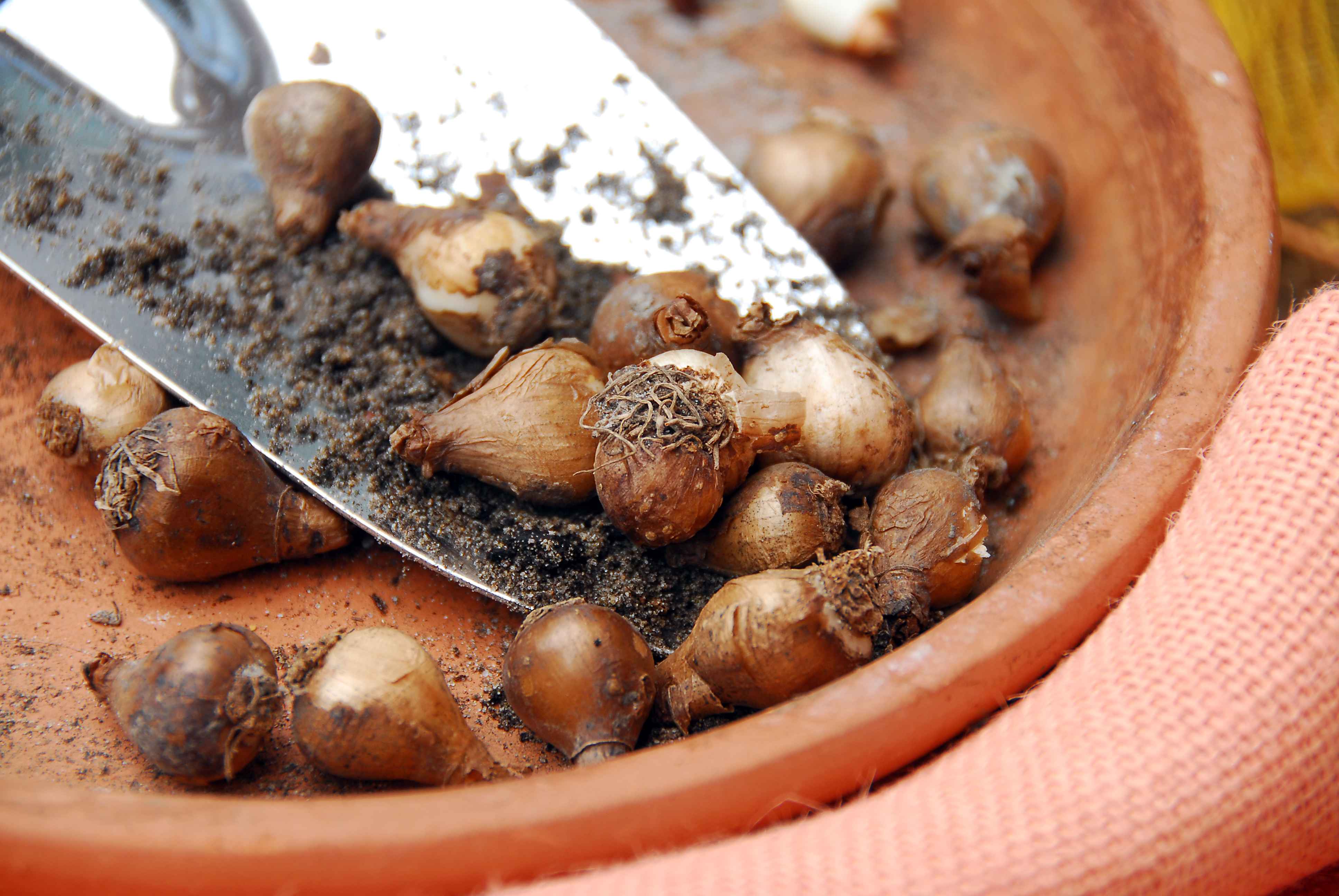
Inexpensive, snowdrop bulbs should be planted in numbers and closely together for a beautiful effect, in well-drained soil to prevent bulb rot. They are versatile and allow for various planting options. The bulbs should not be consumed: they are toxic if ingested.
In small groups for a natural planting
Snowdrop bulbs fit in anywhere, without smothering existing plants. To create a natural-looking bed or within an already planted area, install Galanthus bulbs in small groups between clumps of existing vegetation.
Using a bulb planter, plant at a maximum depth of 8 cm, in groups of 20 to 40, spacing the groups about 10 to 15 cm apart. Opt for an irregular planting for a natural decorative effect.
In a short grass meadow
Cut out patches of turf, then using a bulb planter, plant at a maximum depth of 8 cm. Reposition the turf pieces after planting the bulbs.
In a flowering carpet: spectacular effect!
They naturalise very easily and are perfect for creating flowering spots around the house, in beds, at the edge of woodlands, or at the base of trees. For a harmonious effect, we advise against creating overly geometric shapes; draw an irregular, oval shape with rounded edges.
For a successful mass planting, count at least 100 bulbs per m². Dig out a portion of the chosen bed to a depth of 10 cm, then place the bulbs spacing them about 5 cm apart. Backfill “en masse”.
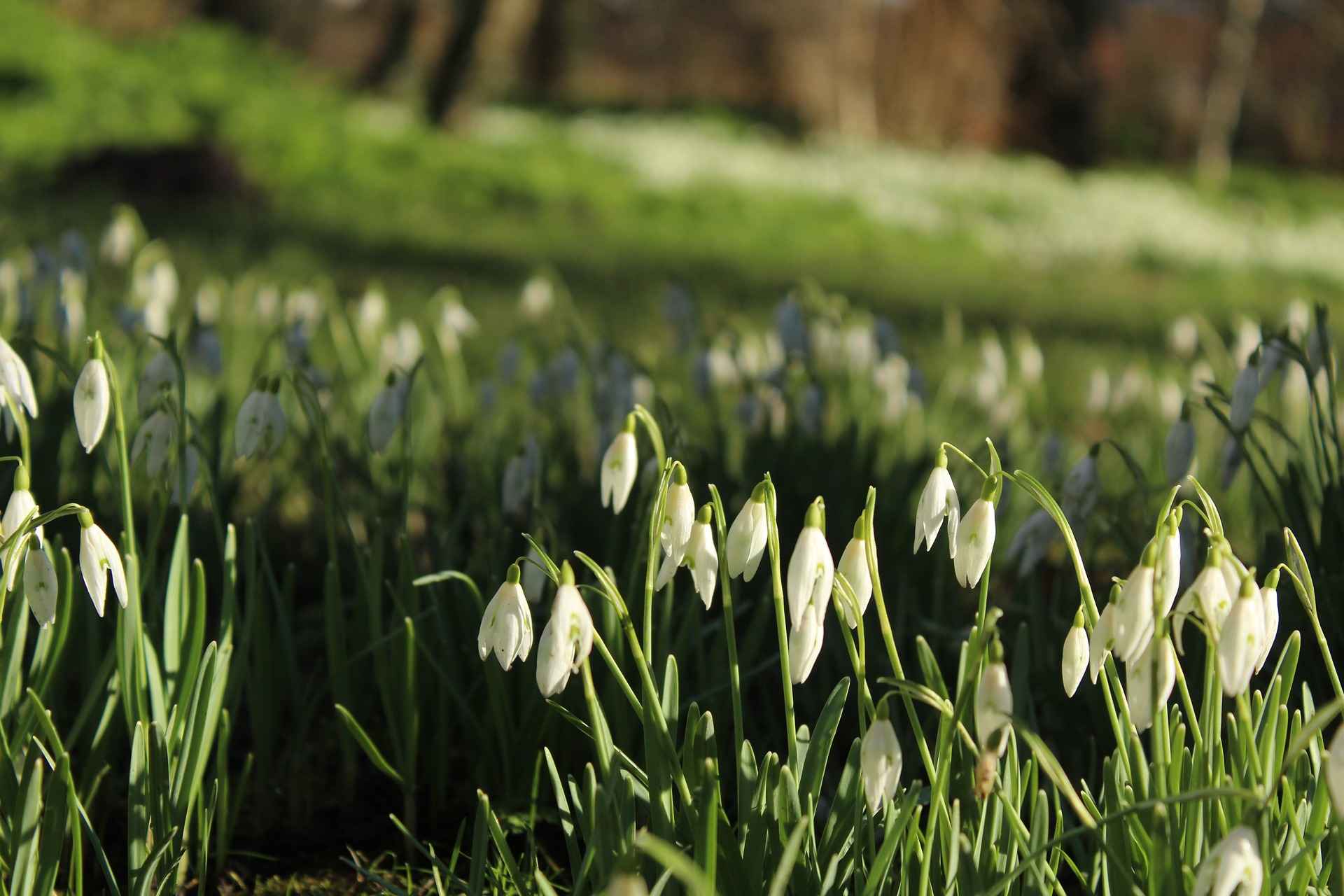
Snowdrop bulbs are inexpensive, plant generously to achieve a beautiful decorative mass effect
The right planting practices for snowdrops
In open ground
- Clear the soil of weeds and stones
- Loosen the soil deeply
- Improve drainage: is the soil too clayey? Add gravel mixed with the soil or place it in a bed under the bulbs
- Plant at a depth of 8 cm, point of the bulblet facing upwards
- Space the bulblets 5 to 8 cm apart or plant in small groups within the same hole (clump) ensuring they do not touch
- Cover the bulblets with 5 cm of soil and lightly firm down
- Water moderately
- Every 3-4 years, to expand the covered area and encourage vigorous flowering, divide the clumps and replant the bulblets immediately
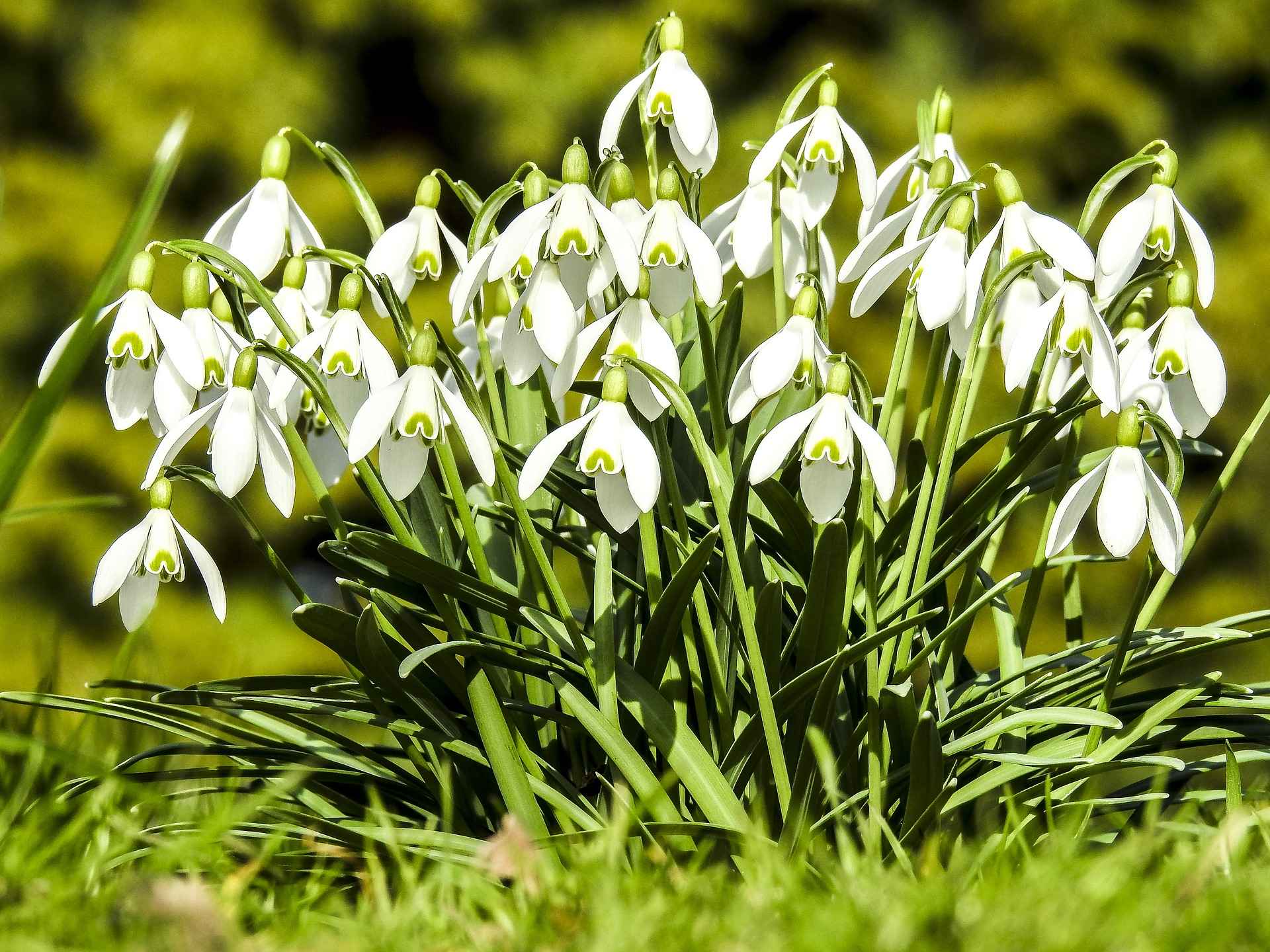 The secret to keeping beautiful Galanthus lies in well-drained soil
The secret to keeping beautiful Galanthus lies in well-drained soil
In pots
You can easily force snowdrop bulbs in the cold from autumn, to enjoy their flowering and fragrance at Christmas in the home. Feel free to combine them with early bulbs such as muscaris, daffodils, or hyacinths.
- At the bottom of a preferably terracotta pot, spread a layer of clay pebbles for perfect drainage
- Fill with a mixture of garden soil, potting soil, and pumice
- Plant closely (at least 10 bulbs per pot) without the bulbs touching and cover with twice the height of soil
- Vary the heights by placing snowdrop bulbs at the very front with muscaris, crocuses, miniature cyclamens, and pansies, and in the second (deeper) layer, botanical tulips, hyacinths, and iris reticulata that will take over the flowering
- Water in autumn if the soil tends to dry out.
Care for this flower bulb
Avoid cutting the foliage after flowering until it has dried: it allows the bulb to replenish its reserves for the following year.
Snowdrop is a disease-resistant bulb. When grown in good planting conditions, it is not afraid of much.
The narcissus fly is its main enemy: it burrows galleries in the bulb. The bulb no longer flowers and the leaves become weak. The only solution: removal of affected bulbs is obligatory in case of an attack!
The other threat is grey rot caused by excess water. A well-drained soil with gravel at planting will keep the bulbs healthy and prevent contamination by this fungal pathogen.
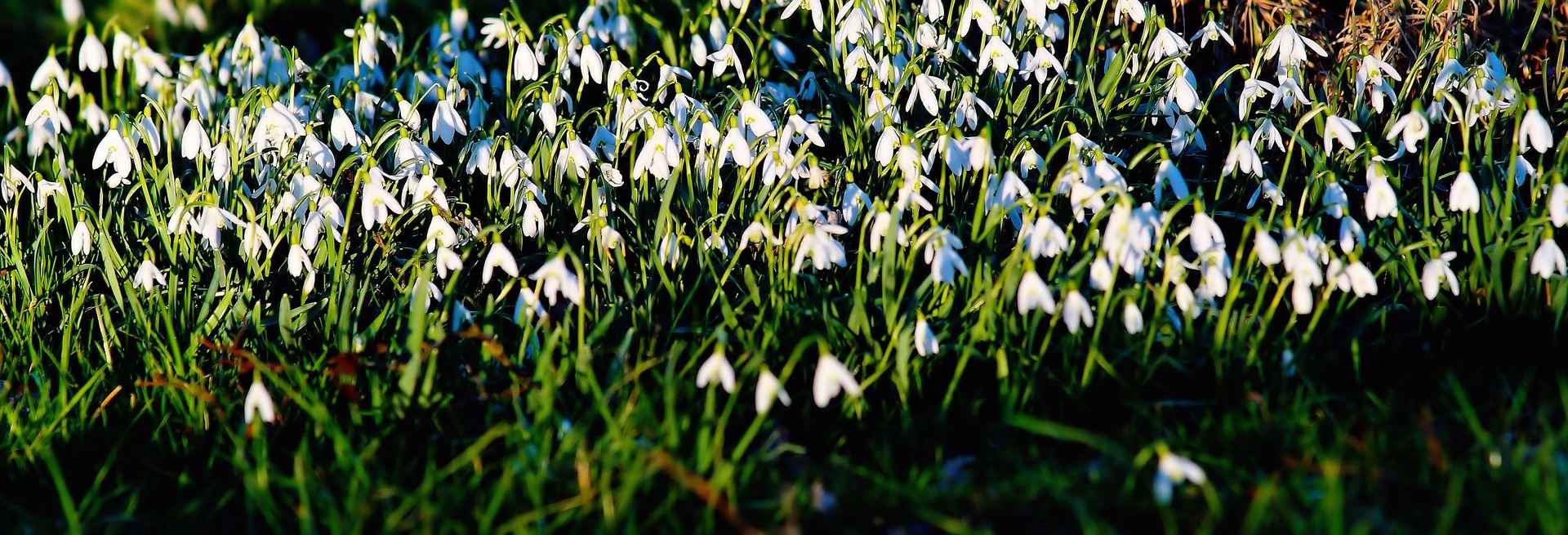
Snowdrops are reliable and resilient bulbs
- Subscribe!
- Contents































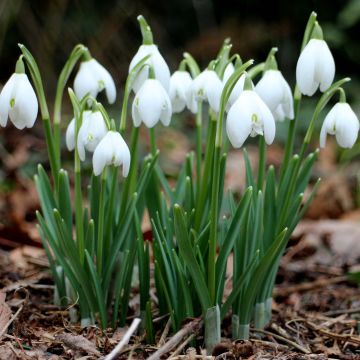
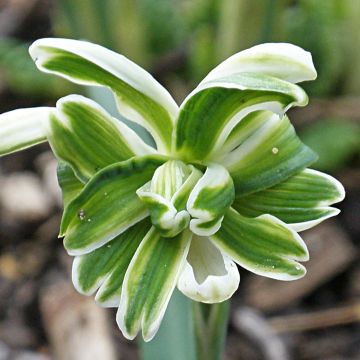

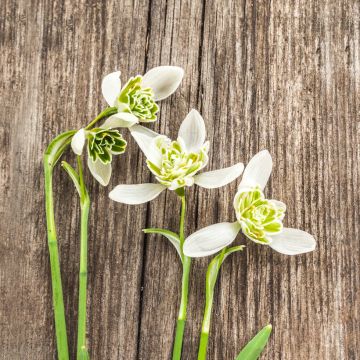
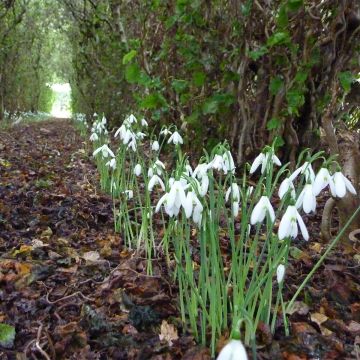
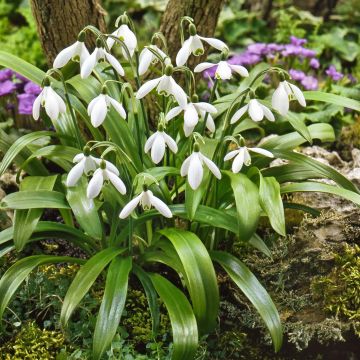

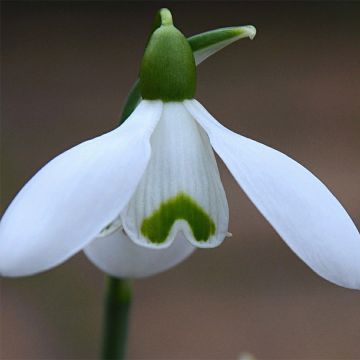
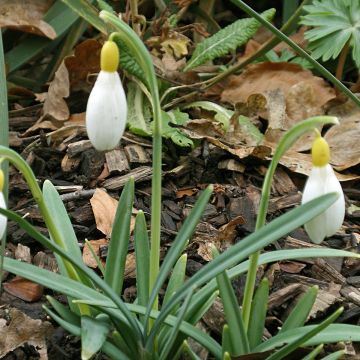
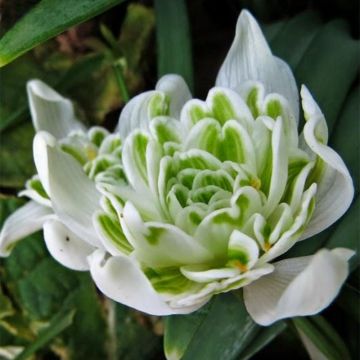
Comments